Journey to the Red Planet: Exactly How Long Does It Take to Get to Mars?
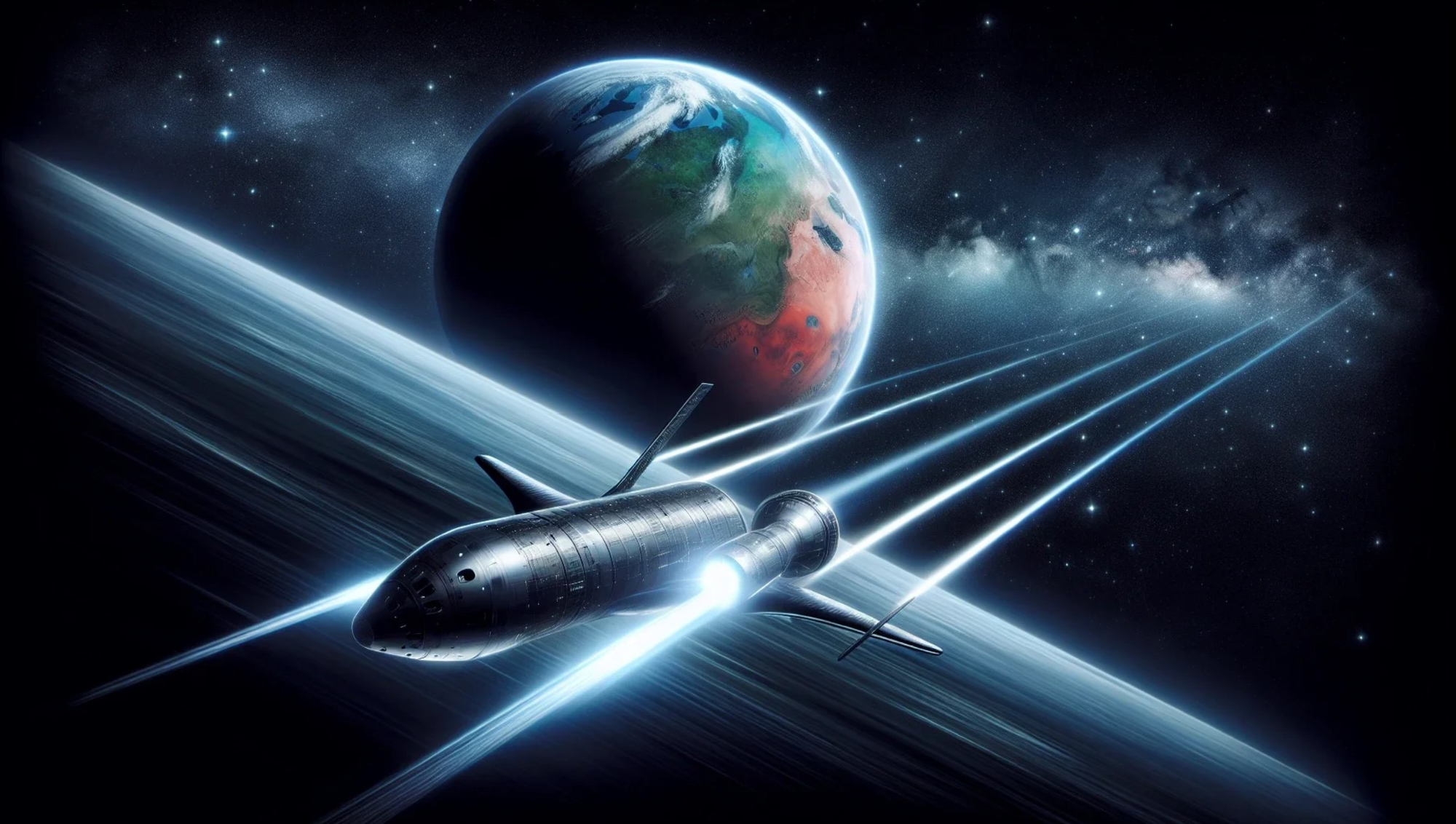
Ready to embark on an exciting journey into the depths of space and learn more about our neighboring planet, Mars? Understanding “how long does it take to get to Mars” and all elements that affect this trip is essential for a successful mission. Explore everything from interplay between planetary bodies, new technology advances in propulsion system design, unlock secrets crucial to your exploration of The Red Planet!
Key Takeaways
- Embark on an interplanetary adventure to Mars with optimal launch windows every 26 months!
- Excitingly reduce fuel consumption and mission time through innovative propulsion technologies!
- Witness the awe-inspiring celestial event of Mars’ opposition for a unique opportunity to observe without a telescope.
Journey Duration to the Fourth Planet
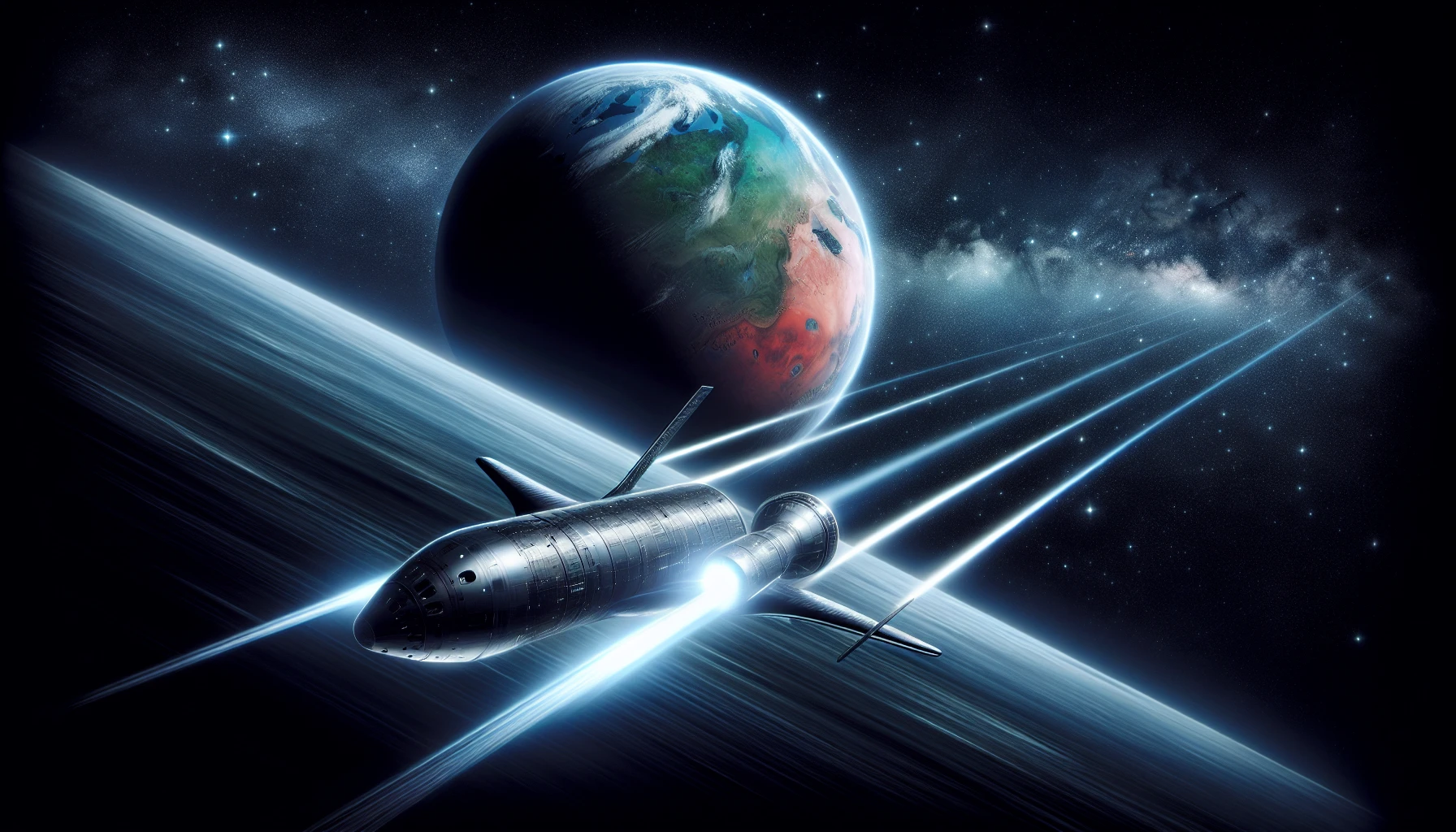
Consider the variety of elements that affect how long it takes to reach Mars, such as the velocity of a spacecraft, relative positions of Earth and Mars in their orbits around the Sun, plus the trajectory chosen. This intergalactic journey time is subject to variation. As both planets are always moving towards or away from each other, we can’t provide an exact timeframe for arriving at our destination.
It’s necessary then to analyze all aspects which influence the duration required for reaching Mars, analyzing everything ranging from what speed we travel with through where exactly Earth and its neighbor planet lie on their solar orbit path up until which route has been taken into account.
The Dance of Planetary Bodies
The positions of Earth and Mars around the Sun are important in calculating how much time it would take to go between them. As their orbits form an ellipse, they range from being 34.8 million miles (54.6 kilometers) close together up to 249.1 million miles (401 km) apart. Making for a remarkable average distance!
To save fuel costs as well as travel duration, space missions have been timed so that launches occur when opposition is at its closest point, this occurs every 26 months or so allowing agencies involved with space exploration or private enterprises to send spacecraft into orbit. Mars just right on the queue! Every mission offers something new due to these two planets changing places around our star, which makes getting over there quite challenging yet thrilling!
Launch Windows and Fuel Efficiency
As scientists patiently anticipate the optimal launch window for a successful mission to Mars, they estimate the precise moment when sending a spacecraft is most fuel efficient. This calculation takes into account various factors such as orbit alignment and angle between Earth and Mars in order to ensure lower fuel consumption during their journey. So next time you look up at night sky, remember that it holds much more than simple beauty - there’s science behind an ideal launch date too! The perfect window of opportunity has been calculated so wisely. Letting us take advantage of every aspect possible on our interplanetary travels.
Average Trip Timelines
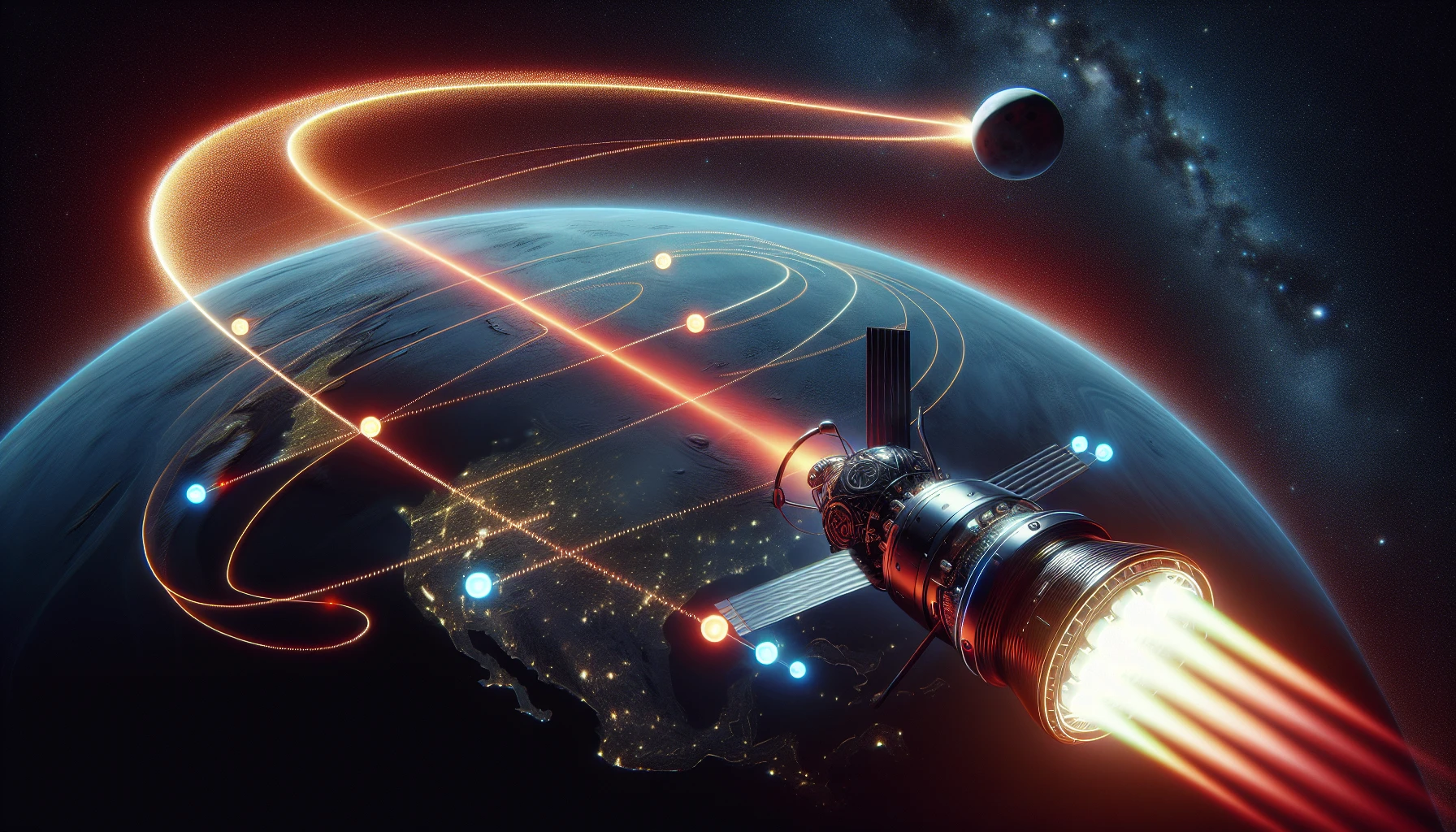
Journeys to Mars typically take around seven-to-nine months, although this period can vary depending on the mission parameters and propulsion systems employed. Such factors include the size of the spacecraft, its particular system for thrusting through space, as well as where in their orbits each planet is situated at a given time – all having implications on a ship’s speed along with fuel consumption when heading towards our neighbouring red world. The quickest such craft yet developed by NASA is called Parker Solar Probe, which holds an astonishing top velocity of 430,000 miles per hour (692,000 kph)!
In theory it would only take 16 days if sent there, but that just isn’t possible due to complexities like needing to decelerate before entering into orbit once getting close enough. Planning out travels within outer space needs creative ideas combined with careful prep work so they are able to meet challenges found across these unknown realms successfully, making every trip truly intriguing!
Propulsion Innovations: Shortening the Mars Voyage
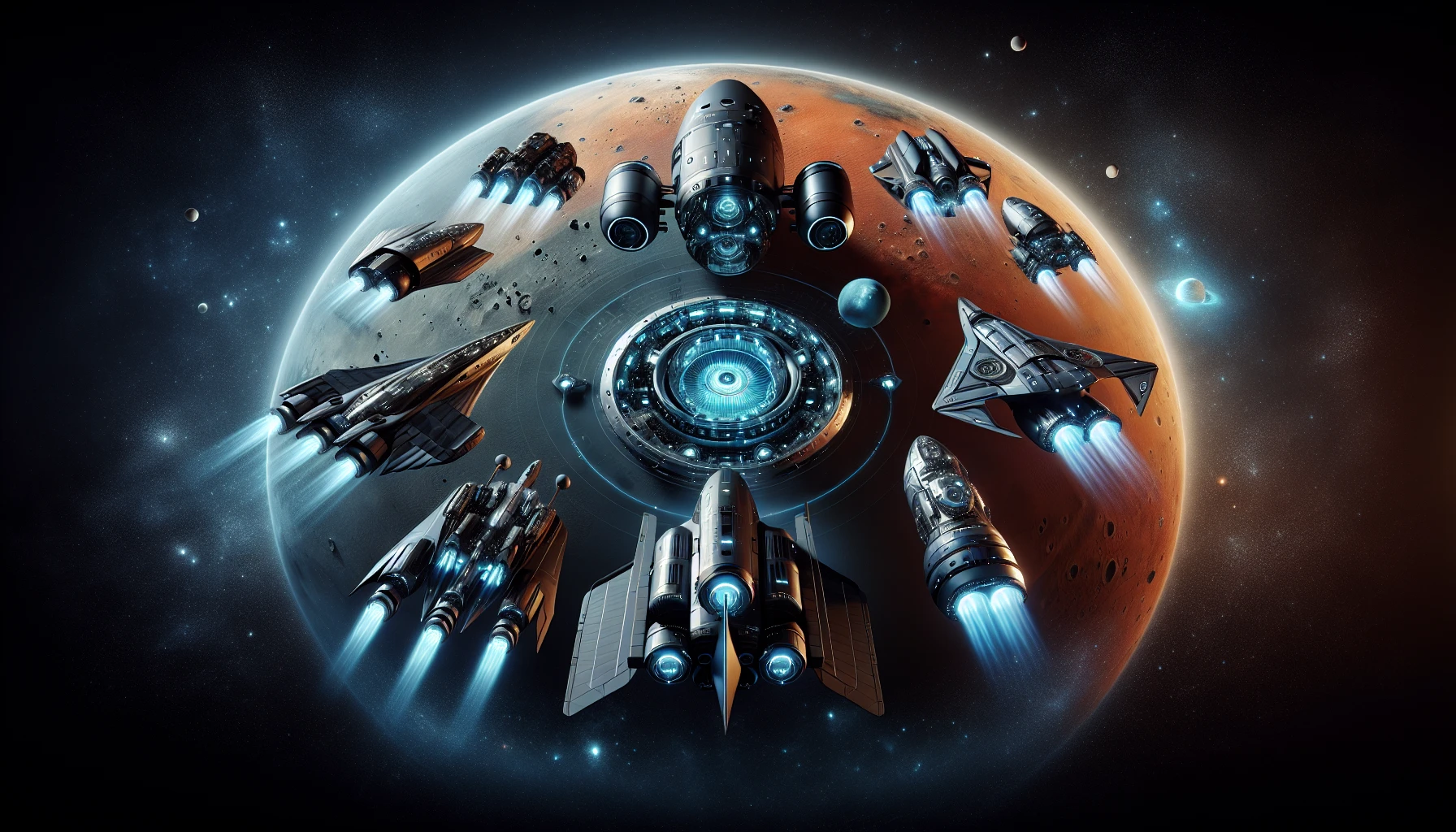
As humanity continues to explore the solar system, both space agencies and private companies are investing in innovative propulsion technologies with an aim of reducing travel time towards Mars. With advanced nuclear power as well as laser-induced photon drive being at the forefront, there’s no doubt that these developments could dramatically alter how we approach interplanetary journeys.
We will be exploring such advancements and their impact on our mission to visit Mars. Examining all aspects from cutting edge atomic energy systems through to potent laser beam propulsions is integral when calculating just what kind of revolutionary effect they can have for us within space exploration generally.
The Role of Nuclear Propulsion
Research supported by NASA into nuclear propulsion systems could significantly reduce the amount of time it takes to get to Mars. This technology works by heating up a propellant, such as liquid or gaseous hydrogen, with energy from a nuclear reactor which then passes through an exit nozzle providing thrust and movement for spacecrafts in space. Such advancements allow longer duration on missions along with faster travel times. Potentially cutting the journey towards Mars down considerably.
The potential unlocking of more mysteries that are held within our solar system is exciting when taking Nuclear Propulsion into account, making exploration much faster than previously thought possible when travelling to red planets like Mars! With this breakthrough technology being developed, we could see rapid advancements in mission outcomes be achieved over time, allowing us greater access to distant parts of space beyond what was once believed achievable.
Comparing Traditional and Cutting-Edge Propulsion
For decades, space travel has been mainly powered by traditional chemical propulsion systems. This system has its limits in terms of the amount and type of fuel required as well as slower speeds compared to other technologies. Nuclear propulsion can make a great difference here, offering higher thrust levels for longer periods along with faster space exploration times.
The expansion into deeper outer-space destinations such as Mars needs advanced methods of transport like nuclear power, which will bring huge improvements when it comes to speed and efficiency on our cosmic voyage if properly studied and developed by both governmental entities including national agencies or private companies involved in aerospace activities. Investing resources towards these developments is essential so we may enjoy sustainable interstellar journeys more easily than before while also discovering new galaxies beyond our own solar system!
Navigating Through Space: The Trajectory to Mars
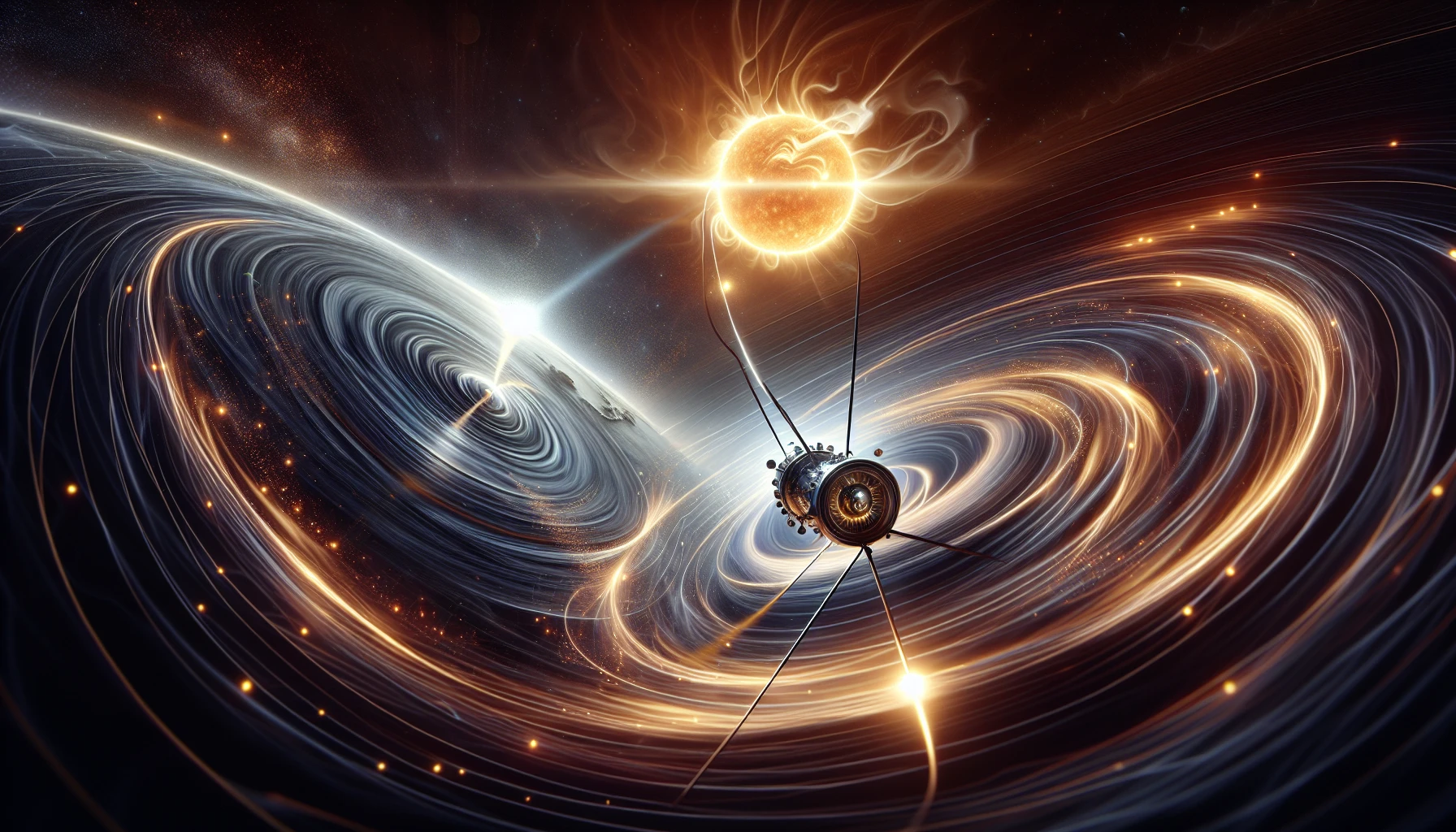
Navigating space and getting to the Red Planet of Mars is a complex task, involving precise calculations regarding solar wind forces, gravitational pull from both Earth and Mars, as well as dynamic changes in positioning between these two celestial bodies. This presents numerous obstacles which must be accounted for by mission planners if they are to accurately map out an efficient trajectory plan capable of reaching their destination.
We will investigate this mysterious field - namely that of navigating through the stars so as to reach our planetary neighbor, Mars! Taking into account all necessary elements (such as Solar Wind et cetera), we shall contemplate how precisely such journeys can take place with success.
The Challenge of Solar Wind and Gravity
When planning a mission to Mars, solar wind and gravity must be taken into consideration. Solar winds released from the Sun can affect spacecraft’s trajectory as well as damage components, making it crucial for planners to factor this in. By utilizing the gravitational pull of celestial bodies through what is known as ‘gravity assist’ or ‘gravity slingshot’, expediting travel time between Earth and Mars can become achievable since space craft velocity increases without needing additional fuel during their journey throughout the solar system.
Optimal Pathways: Elliptical vs. Straight Line
To travel to Mars in a fuel-efficient and timely manner, spacecraft typically take an elliptical trajectory around the Sun known as Hohmann Transfer Orbit. This orbit uses the gravitational pull of our star for its path across space while using minimal energy consumption during its journey.
A straight line route is not nearly as effective at reaching Mars due to Earth’s and Mars’s movements within their orbits. Such adjustments would require frequent corrections which can be costly in terms of fuel resources. Utilizing an elliptic course takes less time and significantly lowers usage on precious rocket fuels compared to going along a linear track hence why it is preferred when travelling to our red neighbor planet.
Past and Future Red Planet Expeditions
We have been inspired by the many missions that we’ve sent to Mars in recent years, from early landers such as Mars 3 and more modern exploratory rovers like Curiosity. These expeditions not only captivate us with their discoveries about the Red Planet, but also provide insight into what potential new voyages could be achieved in future endeavours.
As our knowledge of this distant planet advances, it is important for us to take a step back and recognize how far along these past excursions have taken us when studying - or even visiting - the mysterious world known simply as ‘Mars’.
Review of Past Missions' Journey Times
Exploring the Red Planet is no easy feat, as demonstrated by varying journey times of past Mars missions. Depending on Earth and Mars’ respective positions, spacecraft speed, mission profile among other factors, the time it takes to reach our planet neighbor can be drastically different. For instance, in December 1996, when the Pathfinder launched towards its destination, it took around seven months. While 2003’s Exploration Rover mission experienced a trip lasting 180 days.To better understand what challenges must be faced for successful arrival in Mars’s orbit, we need to analyze these scenarios and utilize that knowledge going forward into future space exploration endeavors.
Upcoming Missions and Their Goals
NASA has some upcoming Mars missions that highlight the endeavor to explore and understand this red planet. Space Launch System (SLS), for instance, strives to create new technologies and strategies to make reaching Mars possible. Other ambitious projects such as Artemis 1 also look forward to advancing methods of interplanetary travel in order to reach distant planets like ours one day.
By developing these sophisticated spacecrafts, we can work our way around any obstacles faced when attempting space travel so that humans may begin unraveling mysteries present on other heavenly bodies from time immemorial- particularly Mars itself, which continues to captivate us until today.
Life Beyond Earth's Orbit: The Reality of a Mars Mission
A mission to Mars is a tremendous undertaking that involves numerous problems and dangers for the astronauts. The journey from Earth’s orbit, which would be quite long, must meet certain conditions in order to guarantee the health of crew members. Entering into the atmosphere of Mars and landing on its surface are both complex challenges.
We will consider how we can make this ambitious project succeed by looking at all these practical difficulties that have to be overcome along such an important expedition.
Sustaining Crew Health on a Long Journey
A mission to Mars can take two or three years for the entire round trip, so crew health must be closely monitored throughout. Among the most dangerous risks are radiation exposure that increases the risk of cancer and cardiovascular diseases. Measures have been put in place to minimize this issue. Aside from increased rates of cancer caused by space radiation, prolonged weightlessness also impacts astronauts’ neuromuscular coordination as well as their musculoskeletal, cardiovascular and immune systems. For a successful mission, these risks will need to be managed effectively along with a commitment towards monitoring astronaut health during such an extended journey through space.
The Hurdles of Atmospheric Entry and Landing
The mission of entering and landing on Mars presents unique challenges to planners due to the planet’s low atmospheric pressure, which is more than 100 times less than Earth’s. Spacecraft slowing down in its atmosphere generate intense heat requiring a protective shield from such temperatures.In order for these objectives to be achieved effectively and efficiently with our exploration of the Red Planet, new technologies must be designed and implemented. Advanced landers together with improved parachutes as well as inflatable decelerators are essential innovations that will guarantee successful Mars missions now and into the future.
Gazing at the Night Sky: When Mars Is Closest

When looking at the night sky, one can witness Mars appearing much brighter and seemingly closer. This fascinating phenomenon known as opposition takes place every two years when Earth and Mars come closest to each other in their orbits around the Sun. The proximity of these planets poses important implications for space missions studying our neighboring world as well as deepening humanity’s comprehension of it from here on Earth.
Celestial Events and Proximity
At approximately 26 month intervals, Mars comes closest to Earth and provides a great launching window for space missions. Taking advantage of this astronomical event makes it easier to plan effective routes in order to reduce fuel consumption while increasing the success rate of missions done by both governmental agencies as well as private organizations.
The opposition period also renders an amazing display in night sky when you can spot Mars planet appearing brighter than ever without using any telescope or optical device. One must bear witness to how breathtakingly wonderful our solar system is at times like these!
Summary
Exploring the Red Planet and pushing the boundaries of human space exploration, our journey to Mars presents intricate complexity including navigation among planetary bodies as well as developing advanced propulsion technologies. Essential elements for success include recognizing factors that affect trip duration, maneuvering in outer space and guaranteeing crew health all while being fueled by awe-inspiring marvels of the solar system.
Frequently Asked Questions
How long would it take a human to get to Mars?
Taking a journey to Mars would be an intriguing experience, which involves nine months in the one-way direction, for a round trip totaling 21 months. The voyage could take longer if Earth and Mars do not perfectly align, requiring three additional weeks on our extraterrestrial destination.
How many years will it take to land on Mars?
A crewed mission to Mars and back, using present technology, is estimated at two to three years. The time needed for the journey could range from a minimum of six months up to nine depending on the propulsion used.
How long does it take to get to the Pluto?
The New Horizons spacecraft of NASA undertook a remarkable journey which departed Earth at an astonishing velocity – 43,000 kilometers per hour (27,000 miles per hour). Taking 9 years and 5 months to reach Pluto with an average speed of 4.1 AU/year made it truly extraordinary!
How long would it take to get to Venus?
Venturing out to the planet Venus will take a mere four months, and it promises to be an unforgettable journey. Back in the 1960s, both NASA and Soviet Union spacecraft studied this world, so we can be sure that our venture would not disappoint! Even today these amazing crafts are providing valuable insights into this beguiling celestial body.
How long does it take to get to the moon?
If you’re looking for the ultimate journey, come experience space travel and explore our closest astronomical companion – The Moon, in only three days! This is thanks to today’s rocket technology. Even faster times have been achieved by NASA’s New Horizons spacecraft, which managed to make its way past the moon in just 8 hours and 35 minutes! Come discover what wonders space has hidden just waiting for exploration.